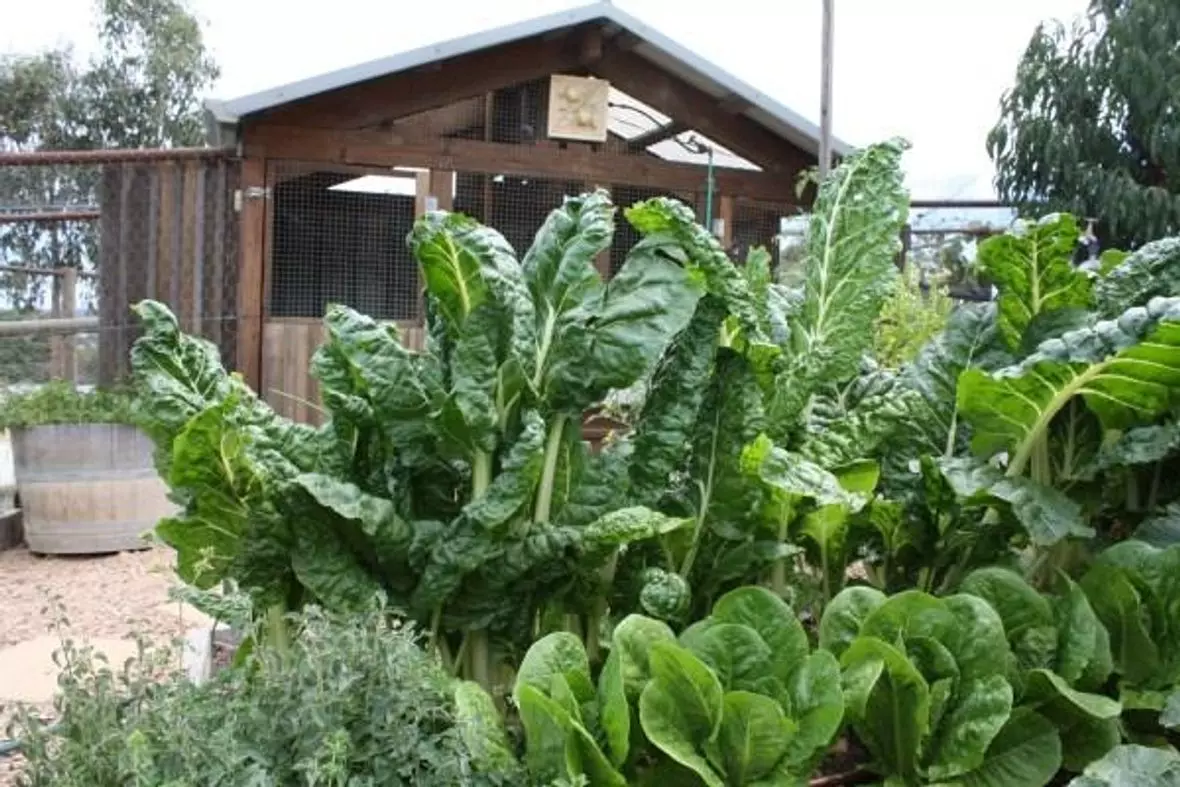In the depths of winter, even the dormant garden whispers secrets of spring, preserving hope amidst the wayward frosts and winds.
When I thinking of winter I often over romanticise it and add dustings of snow despite it being a usual one time event in an alpine Australia winter. We tend to always filter nostalgia and make it less bitter. Robert Frost wrote in his poem "Dust of Snow":
"The way a crow
Shook down on me
The dust of snow
From a hemlock tree
Has given my heart
And saved some part
Of a day I had rued."
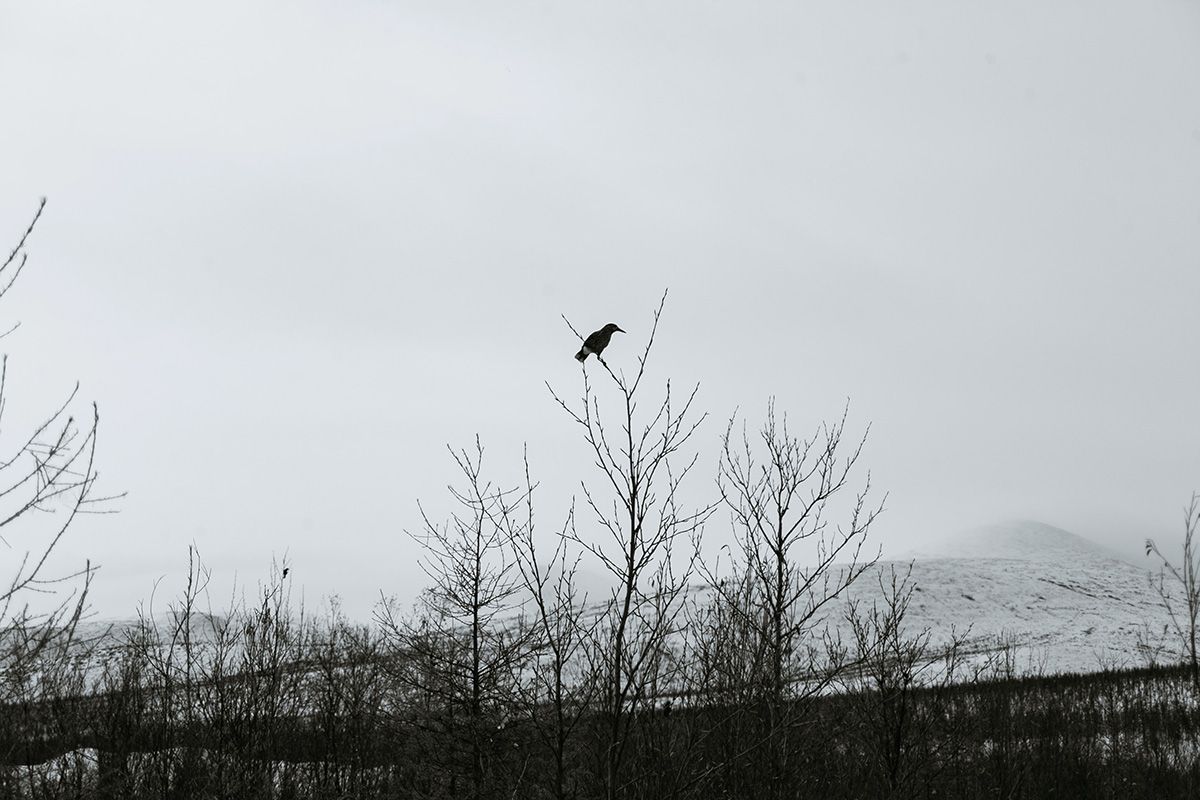
Just like the dust of snow falling from the tree, the winter garden holds its own beauty and hidden promises. Quiet and barren it may appear at first glance, but within its depths, nature works silently, preparing for the vibrant renewal of spring. Those hints became more abundant over the last couple of days despite it being barely past midwinter. In. these conditions, winter composting becomes an act of trust and a belief in the cycle of life, knowing that even in the coldest season, the garden holds the code to growth and transformation. Poetry lies right there in the heart of the humble compost pile.
Winter continues to bring us crisp mornings, wild winds and chilly evenings punctuated by rising temperatures during the day. That doesn't mean your composting efforts need go into hibernation however. With a little understanding of the science behind winter composting and some practical tips, you can easily keep your compost active & productive throughout the colder months.
Today seems the perfect time to pull up with a hot cuppa and explore the worlds where poetry and science collide in sweet symbiosis via compost. How can we keep it hot in an often downplayed Australian winter. Where many experienced warm days are occurring at the same time some parts of the country have just experienced their coldest on record for a long while. Here's looking at you Perth!
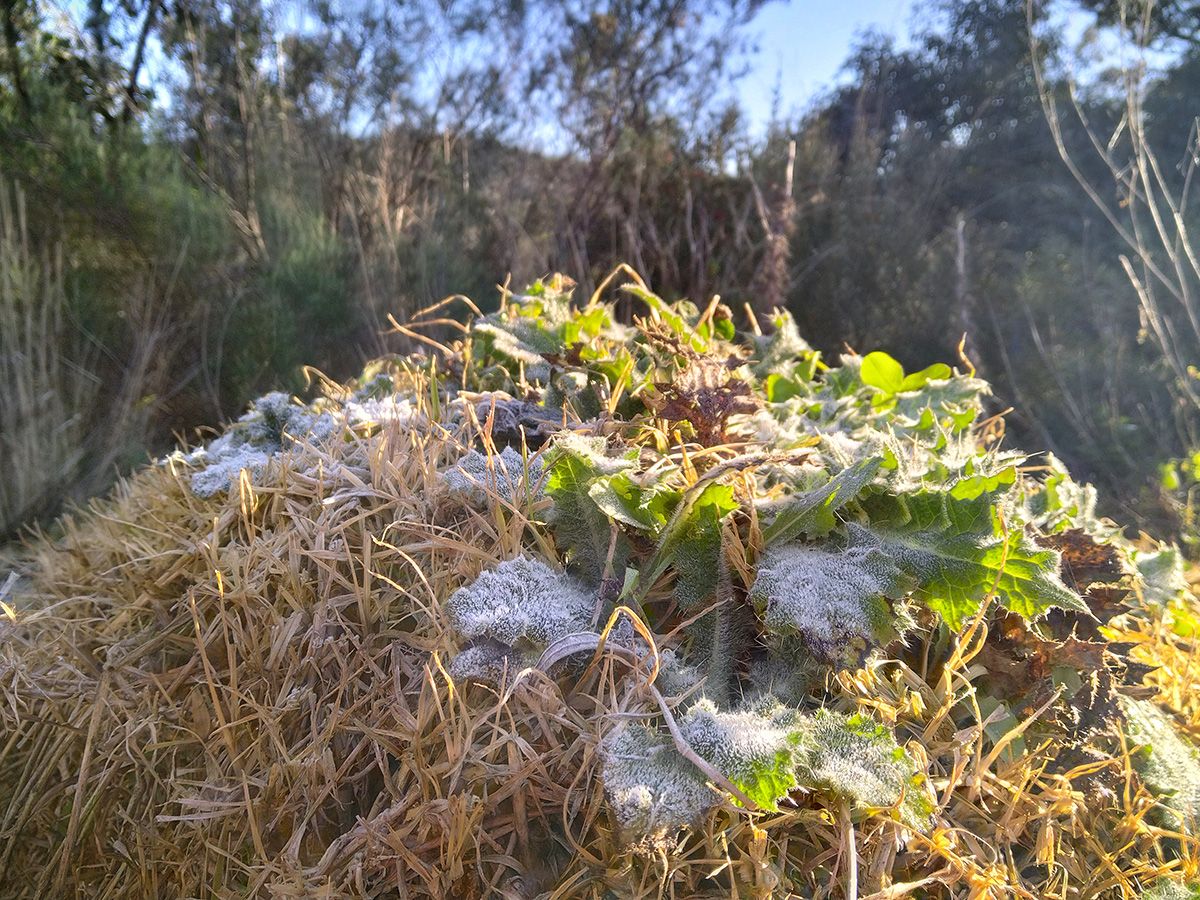
Because science
Really, truly! Composting in winter requires an understanding of scientific principles that govern the process. Ya gotta know what's really going on, and as with everything, always follow Permaculture principles and observe, read and learn. Be your own expert. While lower temperatures may slow down microbial activity, composting continues to occur. Assuming you got it right. There are a cold clammy handful of key factors at play:
Insulating your compost pile
Just as we bundle up to stay warm, compost piles need some extra insulation too. In Australia we have such diverse climates, so winter temperatures really vary across regions. However we can all be prone to cold snaps, which it is crucial to protect your compost (and beloved soldiering-through perennials) from.

A thick layer of carbon-rich material, such as straw or collected dried leaves, acts as a cosy blanket, providing warmth within the pile. Or you could add one of our very own blankies! You can also make your own out of other recycled organic materials. Hessian, cotton, wool and/or linen are all excellent. Try not use use any synthetic fabric laden with inorganic dyes. It doesn't breathe and even worse leaches toxins. This insulating layer helps maintain a stable temperature, ensuring microbial activity doesn't come to a halt.
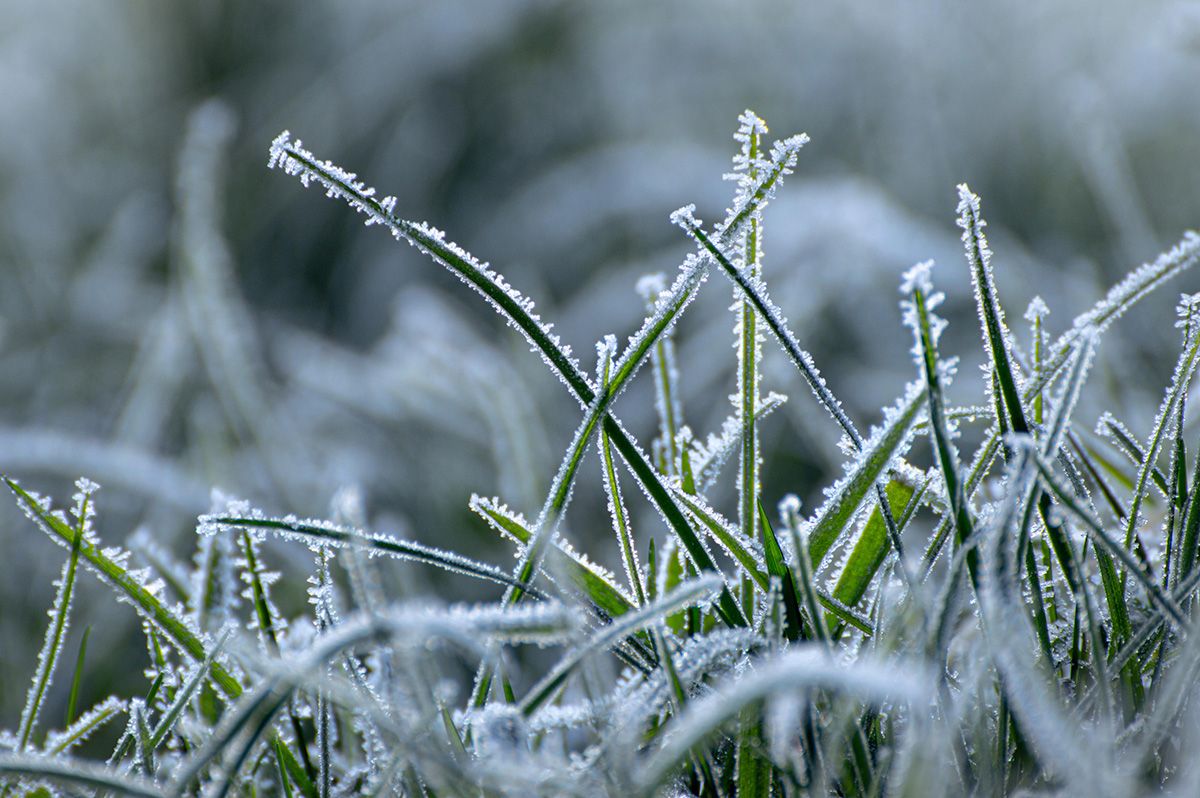
The power of microorganisms
Composting is driven by a community of microorganisms that break down organic matter. In colder temperatures, these working collectives slow down, but they don't completely stop. By understanding their needs, it's possible to create an environment that encourages their activity. Microbes thrive when the carbon-to-nitrogen ratio is balanced, moisture levels are optimal, and the pile is well-aerated.
Carbon-to-Nitrogen Balance
Achieving the right balance between carbon-rich (browns or dry) and nitrogen-rich (greens/moist) materials is vital for efficient composting. During winter, the decomposition process slows down, so it's important to maintain an appropriate ratio now more than ever.

In Australia, where garden waste and fallen leaves are plentiful, ensure you have enough carbon-rich materials on hand, to create a well balanced compost mix. This is where Captain Hindsight and/or forward planning are invaluable. In a hood with an avenue of deciduous trees? Get out there with your barrow and bags to collect a reservoir when you can. Keep your eyes peeled always for free resources which can be integrated into your compost. I gather excess leaf litter from the forest but am always mindful to leave enough for habitat for all the teeny tiny wild things.
"Composting in the Australian Winter is like a symphony of decomposition, where micro-organisms, like skilled musicians, play their part in transforming waste into nutrient-rich harmonies." - One Fat Cat
Science explained. Time to roll up our sleeves and get outside.

Practical Tips & Tricks for Winter Composting
Collect autumn leaves
I can't stress this enough: Autumn is literally a gift from the tree gods with fallen bounty within our hot little fingertips. Gather all the dry leaves you can and use them as a carbon-rich base layer in your compost pile. Their fibrous structure helps create air pockets, maintaining the necessary airflow for microbial activity even once the mercury dips low.

Just like a layered lasagne
When adding materials to compost remember the golden rule: lasagne lovesya! Alternate between high carbon (leaves, straw, wood shavings) and nitrogen (kitchen scraps and green garden waste). Treating your compost like a good Italian lasagne is a constant reminder to keep the input balances in check allowing for proper airflow and decomposition chemistry requirements (even once aerated).

Harness the power of worms
Worm composting also known as vermiculture, is an excellent option for winter composting. Worms generate heat as they break down organic matter, keeping the compost warm.
Red wigglers (Eisenia fetida) and tiger worms (Eisenia andreii) are the two species commonly used for worm composting in Australia and are our star players here at Compost Revolution. You can purchase them directly from us here. Set up a worm farm and let these little chomping champs work their undisputed magic!
Bokashi fermentation
Bokashi composting is an ideal option to start exploring in the winter months, especially for those living in apartments, or with limited outdoor space. Bokashi uses beneficial microbes to ferment organic waste, including kitchen scraps.
This anaerobic process can be easily carried out indoors, and if you do it right, keeping the bin sealed is an odourless and effective method of not only redirecting food waste from landfill, but also optimising your outdoor compost or garden once it's ready. And like worm wee, the juice can be harvested regularly and diluted to add direct onto your garden as a potent soil additive and plant fertilser.
Channeling Goldilocks
Regularly check the moisture levels and aim for the perfect middle ground, like everyone's favourite home invader of the Three Bears. You want it not too wet, not too dry, but just right!
If it feels dry, add water using a watering can or a hose with a gentle spray nozzle. Avoid overwatering, as excessive moisture can lead to a lack of oxygen and unpleasant odours. Remember, a well-hydrated compost ensures the microbes have the perfect environment they require to thrive. We're a lot like compost that way!
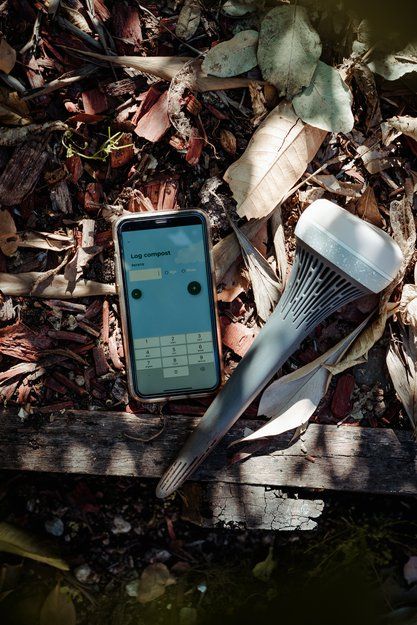
Exactly how hot is it? Using a compost thermometer
To monitor the temperature of your compost pile, it can be useful to invest in a compost thermometer. This tool allows you to track the internal temperature and ensure it remains within the desired range of 50-65 degrees Celsius for optimal decomposition in the thermogenic phase. Check the temperature to assess the activity of the microorganisms and adjust your compost practise accordingly. When in doubt, check the science!
Turn up the heat
If your temperature is not where you'd like it to be - there are things you can do like check the nitrogen ratio. Nitrogen rich materials are hot, so it's possible to boost the overall temperature by adding targeted materials. Coffee grounds, tea leaves, and vegetable scraps provide a natural source of heat. Because they're loaded in nitrogen! Adding them is a quick fix to kickstart microbial activity and heat things up.
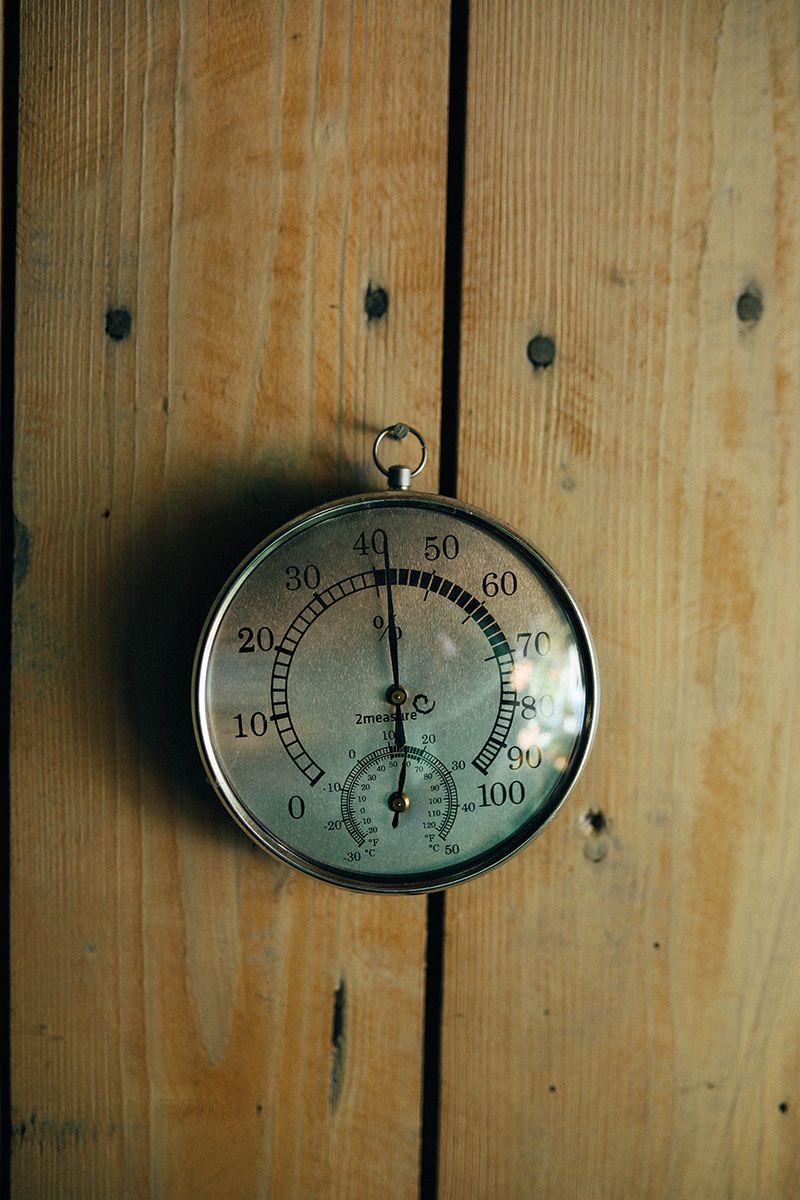
Keeping it real and hot
Winter composting requires a real combination of scientific know-how and practical strategies, tailored to our unique, ever shifting climate. While it does require a little extra care and attention over this time, the rewards are well worth the effort – allowing you to be set up and make the most of the (likely early!) onset of Spring growing season.
By insulating your compost, understanding the needs of micro-organisms, and implementing specific techniques, like vermiculture or bokashi fermentation, you can keep composting successfully through the chilly months. Remember, composting is a year round endeavour, and embracing it in winter helps reduce waste, enrich soil, and contribute to a sustainable present and future.
The trick is to wrap ourselves up warmly, so we can then in turn nurture our compost to lend nature a hand and experience productive winter yields. Having said that, always let nature's processes guide you. Not the other way round!
